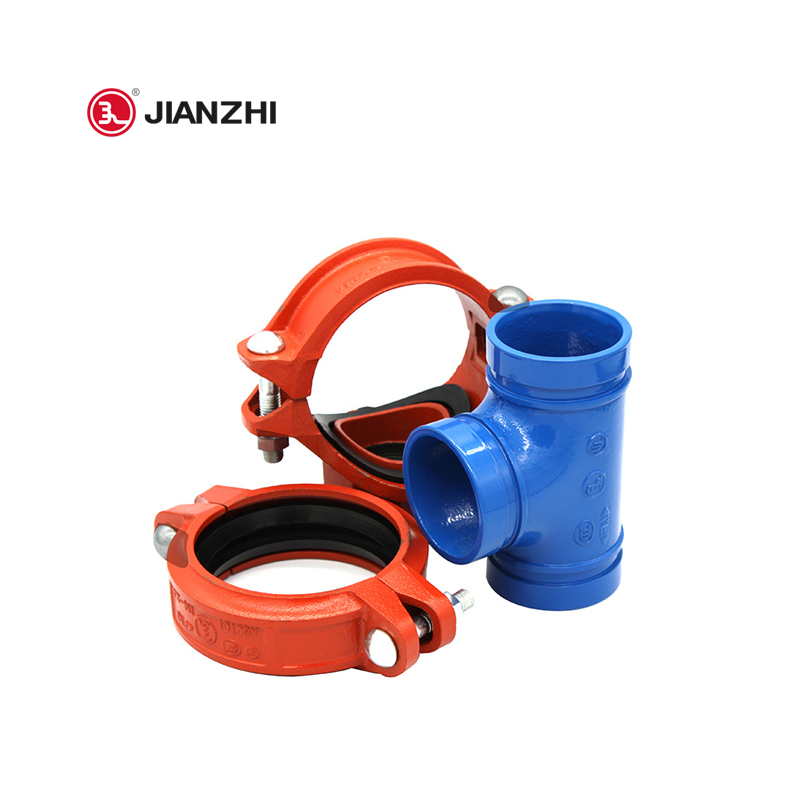May. 30, 2024
Galvanized steel pipes are widely used in various industries due to their durability and resistance to corrosion. Connecting these pipes efficiently and securely is crucial for ensuring the integrity of the piping system. This article explores the different methods used to connect galvanized steel pipes, highlighting the advantages of each approach.

Threaded connections are one of the most common methods used for joining galvanized steel pipes.
This technique involves threading the ends of the pipes so that they can be screwed together using threaded fittings. The threading process can be done using a pipe threading machine, ensuring that the threads are precise and fit well together.
● Advantages:
Ease of Installation: Threaded connections are relatively easy to assemble and disassemble, making them ideal for systems that require frequent maintenance or modifications.
No Welding Required: This method does not require welding, making it safer and more accessible for many users.
Cost-Effective: Threaded fittings are generally less expensive compared to some other connection methods, making this a cost-effective solution for many applications.
Flanged connections involve using flanges to connect the ends of galvanized steel pipes.
Flanges are disc-shaped components that are bolted together to create a strong and secure connection. This method is typically used in systems that require a high level of strength and reliability.
● Advantages:
High Strength: Flanged connections provide a strong and durable bond, making them suitable for high-pressure systems.
Flexibility: Flanged connections can easily accommodate large pipes and allow for easy assembly and disassembly.
Versatility: This method can be used for both permanent and temporary connections, providing flexibility in various applications.
Compression fittings are used to connect galvanized steel pipes without the need for threading or welding.
These fittings work by compressing a ring (ferrule) around the pipe to create a secure seal. Compression fittings are commonly used in plumbing and gas supply systems.
● Advantages:
Quick Installation: Compression fittings can be installed quickly and do not require specialized tools or skills.
Leak-Proof: When properly installed, compression fittings provide a reliable and leak-proof connection.
Versatile: These fittings can be used with various pipe sizes and types, making them versatile for different applications.
Grooved couplings are another popular method for connecting galvanized steel pipes.
This technique involves cutting a groove into the ends of the pipes and using a coupling to join them. The coupling is secured with bolts, creating a strong and flexible connection.
● Advantages:
Flexibility: Grooved couplings allow for some movement and flexibility, which is beneficial in systems that experience thermal expansion or vibration.
Ease of Installation: This method is quick and easy to install, reducing labor costs and installation time.
Durability: Grooved couplings provide a durable and long-lasting connection, suitable for various industrial applications.
Although less common due to the zinc coating on galvanized steel pipes, welding can be used as a connection method.
Special care must be taken to avoid inhaling zinc fumes, and proper ventilation and safety equipment are essential.
● Advantages:
Strong Connection: Welding provides a permanent and strong connection, ideal for high-pressure systems.
Seamless Joints: Welded joints are seamless and do not require additional fittings, which can be beneficial in certain applications.
In conclusion, there are several effective methods for connecting galvanized steel pipes, including threaded connections, flanged connections, compression fittings, grooved couplings, and welding. Each method has its unique advantages and is suitable for different applications. Choosing the right connection method depends on the specific requirements of your piping system, including factors such as pressure, flexibility, and ease of installation.
For more information on galvanized steel pipes and the best connection methods for your project, please get in touch with us at JIANZHI. Our team of experts is here to help you find the ideal solution for your needs.
SAFER
PRODUCT INFO
ABOUT JIANZHI
TECH DATA
Contact Us
E-mail: sales1@jianzhi-fitting.com
Tel: +86 18698027872
Office In Tianjin:
Heping District, Tianjin, China.
Production Base 1:
Chifeng, Inner Mongolia, China.
Production Base 2:
Tangshan City, Hebei Province, China.
Production Base 3:
Schelei Street,Baicoi City,Prahova County,Romania
Service email: info.ro@jianzhi-fitting.com
Sales email: market.ro@jianzhi-fitting.com
Tel: +40(755)011 849
